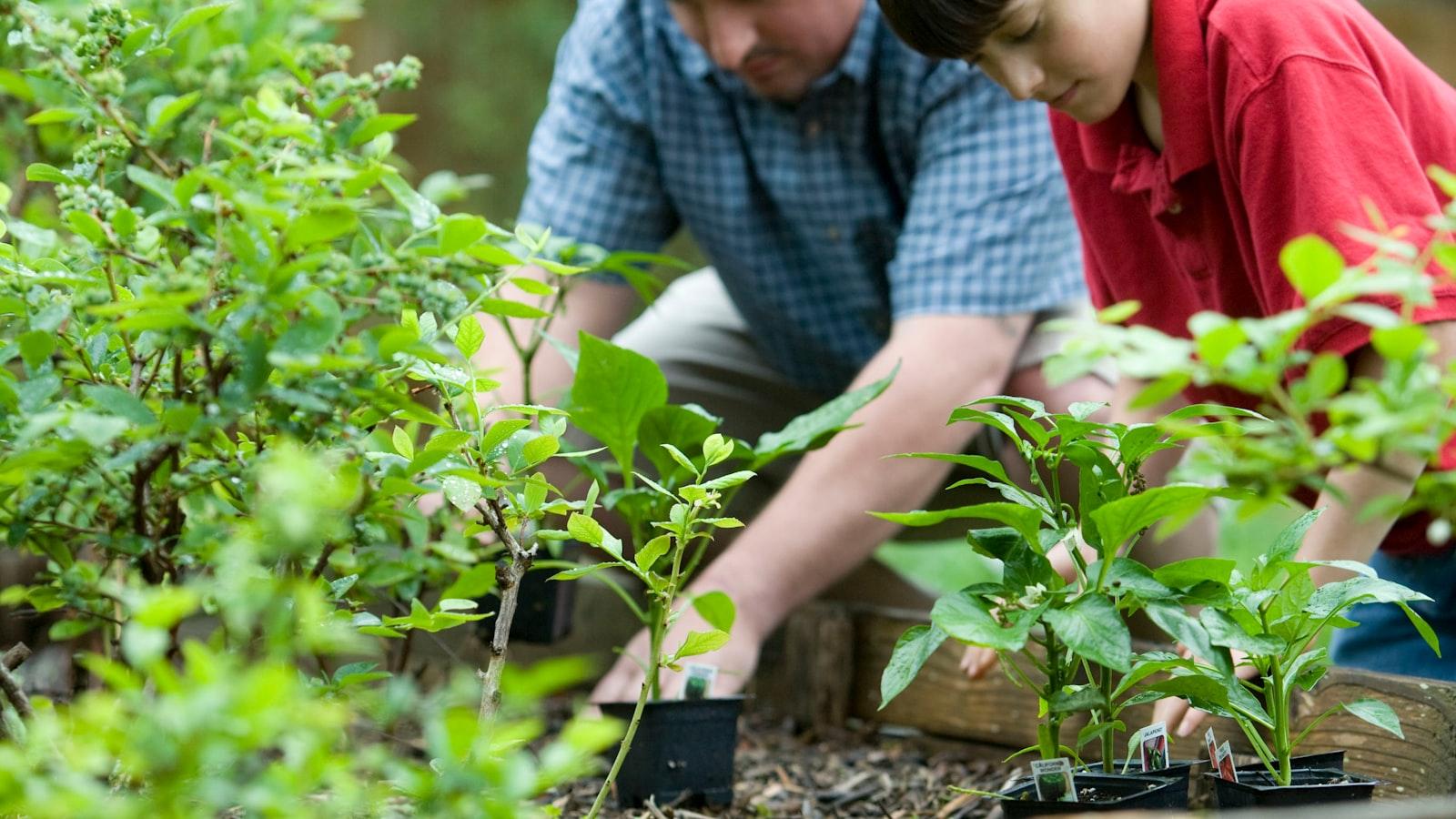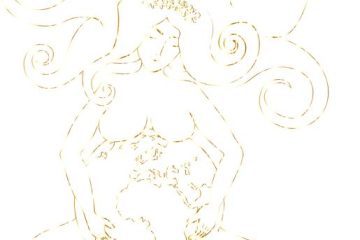In the vast expanse of the cosmos, amidst the swirling dance of celestial bodies, there exists a small, theoretical world where life flourishes in a delicate balance. Welcome to Daisyworld, a fascinating concept born from the Gaia Hypothesis. Join us as we delve into this thought-provoking theory that explores the intricate interplay between life and the environment on a hypothetical planet where daisies hold the key to planetary regulation. Let your imagination wander as we uncover the mysteries of Gaia Hypothesis Daisyworld and contemplate the wonders of life’s intricate tapestry.
Table of Contents
- Understanding the Gaia Hypothesis: A Daisyworld Perspective
- Exploring the Interconnectedness of Life on Daisyworld
- Implications of the Gaia Hypothesis for Environmental Sustainability
- Enhancing Resilience Through Gaia-Inspired Practices
- Q&A
- The Way Forward
Understanding the Gaia Hypothesis: A Daisyworld Perspective
Exploring the fascinating concept of the Gaia Hypothesis through the lens of Daisyworld unveils a thought-provoking perspective on the interconnectedness of ecosystems. In this hypothetical world, daisies play a pivotal role in regulating the planet’s temperature and maintaining a delicate balance that sustains life.
<p>**Key Points to Consider:**</p>
<ul>
<li>Interdependence of species</li>
<li>Self-regulating systems in nature</li>
<li>Biodiversity's impact on environmental stability</li>
</ul>Through the Gaia Hypothesis, Daisyworld serves as a captivating case study illustrating how various elements of an ecosystem work together harmoniously to support life. The intricate web of connections between living organisms and their environment showcases the complexity and resilience of nature’s design.
<p>**Noteworthy Insights:**</p>
<ul>
<li>Adaptation and evolution in response to environmental changes</li>
<li>The role of feedback mechanisms in ecological systems</li>
<li>Implications for understanding Earth's biosphere as a single, self-regulating entity</li>
</ul>
Exploring the Interconnectedness of Life on Daisyworld
Imagine a world where daisies don’t just beautify the landscape but play a vital role in regulating the temperature of the planet. Welcome to Daisyworld, a theoretical model introduced in the Gaia hypothesis, where the interconnectedness of life is on full display. On this floral planet, white daisies reflect sunlight, cooling the environment, while black daisies absorb heat, balancing the temperature—a delicate dance orchestrated by nature itself.
<p>As we delve deeper into the intricate web of relationships on Daisyworld, we uncover a profound symbiosis that goes beyond mere aesthetics. The coexistence of these contrasting daisies showcases the fine balance that exists in nature, highlighting the importance of diversity in maintaining ecological harmony. From the rhythmic dance of light and dark petals to the symphony of temperature regulation, Daisyworld serves as a testament to the interconnectedness of all living beings on our planet.</p>
Implications of the Gaia Hypothesis for Environmental Sustainability
The Gaia hypothesis, proposed by James Lovelock, envisions the Earth as a self-regulating system where living organisms and their inorganic surroundings interact to maintain an optimal environment for life. This idea challenges the conventional view of the planet as a passive backdrop to life, suggesting instead that life actively shapes and influences the Earth’s conditions. In Daisyworld, a hypothetical model used to illustrate the Gaia hypothesis, daisies of different colors grow on a planet orbiting a sun. As the temperature changes, the daisies respond by altering their populations, thereby regulating the planet’s temperature.
One implication of the Gaia hypothesis for environmental sustainability is the recognition that all components of the Earth are interconnected and interdependent. This perspective highlights the importance of preserving biodiversity and ecosystems to maintain the planet’s stability and resilience. By understanding and respecting the intricate web of relationships between living organisms and their environment, we can work towards sustainable practices that support the health of the Earth system as a whole.
Enhancing Resilience Through Gaia-Inspired Practices
involves embracing the interconnectedness of all living beings on Earth. By following the principles of the Gaia hypothesis, we recognize our planet as a self-regulating organism where each element plays a crucial role in maintaining balance and harmony.
One way to incorporate Gaia-inspired practices into your daily life is by fostering a deeper connection with nature. Spending time in natural surroundings, whether it’s a forest, a beach, or a garden, can help you tune into the rhythms of the Earth and appreciate the intricate web of life that sustains us all. Communing with nature through activities like hiking, gardening, or simply sitting quietly and observing the world around you can cultivate a sense of belonging and interconnectedness with all living beings. Remember, by nurturing our relationship with the Earth, we not only boost our own resilience but also contribute to the well-being of the planet as a whole.
Incorporating Gaia-inspired practices like mindful consumption, sustainable living, and community engagement can help us align our actions with the natural world’s wisdom. By honoring the Earth as a living being deserving of our respect and care, we can foster a sense of responsibility towards preserving and protecting our planet for future generations. Taking small steps towards living in harmony with Gaia can lead to profound shifts in our mindset and lifestyle, ultimately enhancing our resilience and nurturing a deep sense of connection with the Earth and all its inhabitants.
Q&A
Q: What is the Gaia hypothesis?
A: The Gaia hypothesis proposes that the Earth is a self-regulating system where living organisms and their inorganic surroundings interact to maintain conditions suitable for life.
Q: What is Daisyworld?
A: Daisyworld is a hypothetical planet used as a model to illustrate the Gaia hypothesis. It features two types of daisies, light-colored and dark-colored, that regulate the planet’s temperature through their albedo effect.
Q: How do the daisies on Daisyworld affect its climate?
A: Light-colored daisies reflect more sunlight, keeping the planet cool, while dark-colored daisies absorb sunlight and generate heat. As the temperature changes, the daisy populations adjust, demonstrating Earth’s potential for self-regulation.
Q: What can we learn from Daisyworld in relation to the Gaia hypothesis?
A: Daisyworld highlights the interconnectedness between living organisms and their environment. It showcases how biological feedback mechanisms can help stabilize and optimize environmental conditions, emphasizing the delicate balance necessary for life to thrive.
The Way Forward
As we conclude our exploration of the Gaia hypothesis through the whimsical world of Daisyworld, we are reminded of the intricate interconnectedness of all life on our planet. The delicate balance between the daisies and their environment serves as a poignant metaphor for the symbiotic relationship between Earth and its inhabitants. Let us continue to marvel at the beauty and complexity of nature, cherishing our role as stewards of this wondrous planet. Embrace the harmony of Daisyworld and beyond, for in unity with nature, we find the essence of Gaia. Thank you for joining us on this journey of discovery.



0 Comments